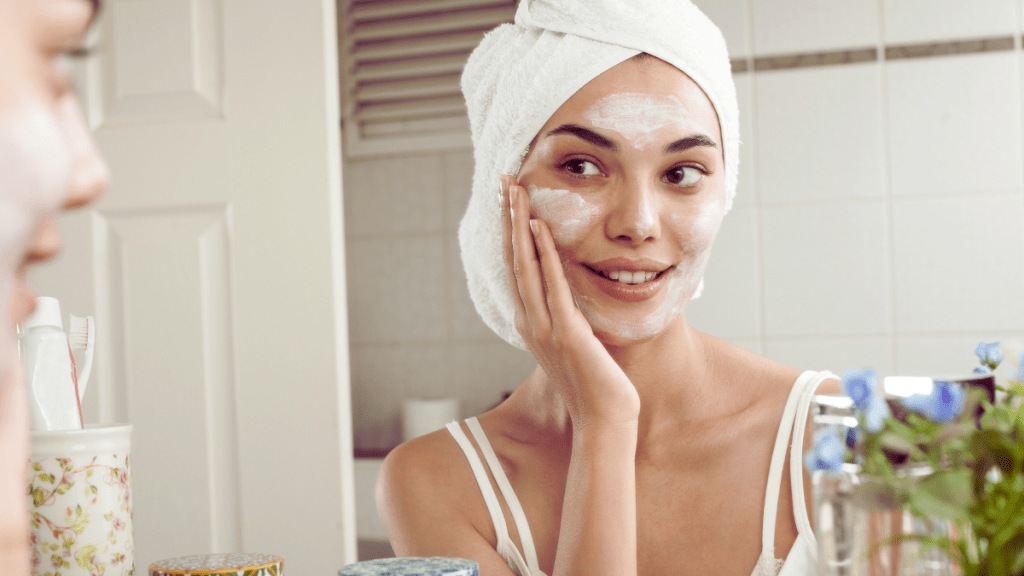India’s fast-changing e-commerce and retail landscape is opening new growth avenues for beauty brands, with Korean beauty emerging as one of the biggest beneficiaries.
Speaking at the Rise of Korean Beauty in India, hosted by KindLife and Datum Intelligence, Satish Meena, co-founder of Datum, said the brands seeing the strongest performance tend to either focus on a tight set of repeat SKUs with proven quality, which builds loyalty and repeat purchases, or adopt a mass-market strategy with distribution already in place.
He pointed to fast-fashion brand Zudio’s expansion into beauty retail as an example. “They know their distribution is sorted, the customer is coming, they have a proper price for it, and they can sell more and more to their customers,” Meena said.
Quick commerce speeds adoption
Quick commerce, he added, has become an increasingly important channel for new and emerging beauty brands. It speeds up purchase decisions, with consumers willing to receive products in 10 minutes instead of waiting a day for delivery from Amazon or other e-commerce platforms. “It’s a good tool for brands to self-align to customers,” he said. “Some clients are even using it to segment their service codes and pick up their customers accordingly.”
This acceleration in retail channels is coinciding with a sharp rise in the Korean beauty segment in India.
Radhika Ghai, co-founder of KindLife, said interest in Korean beauty is no longer limited to metropolitan areas. “We are seeing huge traction from tier-2 and tier-3 towns as well,” she noted, adding that social media and YouTube have fuelled widespread curiosity about K-beauty products since KindLife’s launch shortly after the Covid pandemic.
K-culture drives demand across India
Research presented at the event showed the K-beauty market is expected to grow from $400 million in 2024 to $1.5 billion by 2030, a compound annual growth rate of 25.9%. The number of buyers is forecast to more than double, from 11.9 million to 27.2 million over the same period.
The growth reflects broader shifts in India’s $45 billion beauty and personal care market. Korean beauty’s popularity has been boosted by the spread of South Korean culture, from music to television.
Netflix reported a 370% rise in Korean drama viewership in India in 2020, while K-pop streams reached 6.2 billion in 2023, placing the country among the top five markets globally. Imports of Korean instant noodles rose 162% in 2020, underscoring the wider appeal of Korean products.
More than half of Indian consumers say they actively use or follow K-beauty, and one-third have tried at least one product. Discovery is mainly digital, led by YouTube and Instagram, while influencers and reviews remain key purchase drivers.
With expanding retail reach, rapid delivery channels and strong cultural pull, K-beauty’s growth trajectory reflects the new realities of India’s e-commerce-led beauty boom.
